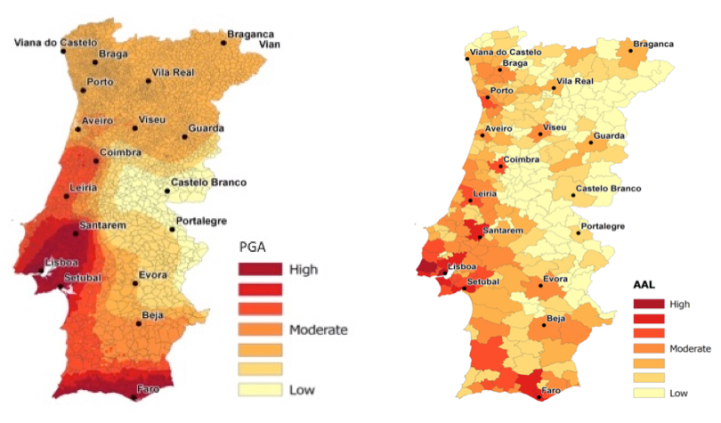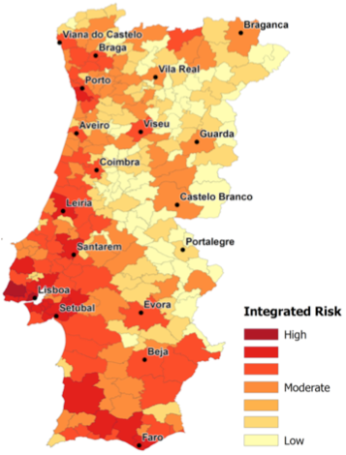Risk from earthquakes (and natural hazards in general) is defined in a multitude of ways, yet earthquake risk is primarily the product of interactions between seismic hazard, the constructed environment, and the degree of vulnerability of people and property exposed to the threat. A number of approaches for understanding earthquake risk exist, but it is the interrelationships between these concepts that are becoming the focal point for politicians, stakeholders, and the general public. For this reason, GEM is building upon the theory and methodologies developed by prominent researchers such as Gilbert White, Susan Cutter, Omar Cardona, Stephanie Chang, and Liliana Carreño to develop a standardized set of methods, data, and software for the development of end-to-end earthquake risk assessments that are “integrated” and “holistic”. We call the meaningful combination of seismic hazard, physical risk estimations, and assessments of the human dimensions within a hazard zone an Integrated Risk Assessment.
The first step in the workflow of an integrated risk assessment incorporates a seismic hazard model, capable of providing the probability of exceeding different levels of ground shaking in a given region. These models can be used to generate seismic hazard curves and maps, such as the one illustrated for Portugal below (left). As a subsequent step, a set of physical vulnerability functions (relationship between probability of loss ratio and ground shaking) and an exposure model (spatial distribution and value of the elements exposed to the hazard) can be combined with the hazard results to perform physical risk calculations. These analyses can provide loss exceedance curves, event loss tables, probable maximum losses or average annual losses. The latter output is depicted below (right).

The social analog to a quantitative physical risk assessment is a social vulnerability index, which is the third component of the integrated risk assessment. Social vulnerability helps to explain why some communities will experience the consequences of an earthquake differently, even though they are subjected to similar levels of ground shaking.

Understanding the differential impacts of an earthquake as a product of social vulnerability is a critical component for developing mitigation plans and sound public policy to reduce earthquake risk. A common method to objectively assess social vulnerability is through the application of composite indicators. To develop a social vulnerability index for Portugal, population, economic, infrastructural, health, and governance components were mathematically combined to form a map delineating areas that contain populations that may not be able to effectively prepare for, respond to, and recover from damaging earthquake events. Such data is usually available through national statistical databases, and it should be combined considering the opinion of local scientists and other experts.

The evaluation of integrated risk requires the modelling of losses and the modelling of social vulnerability. Here, an estimate of integrated risk for Portugal was constructed via the convolution of the social vulnerability index and the estimates of average annual loss. When visualized in the form of an integrated risk map, the compounding nature of the spatial distribution of risk and social vulnerability becomes evident. This approach leads to a risk assessment that considers loss as part of a dynamic system where spatial differences in physical earthquake risk, social vulnerability and seismic integrated risk may be recognized.
These outputs have been produced using the OpenQuake-engine (the open-source software for seismic hazard and risk analyses of the Global Earthquake Model) and the Integrated Risk Modellers Toolkit. For more information about this study, please contact us at integrated_risk@globalquakemodel.org.